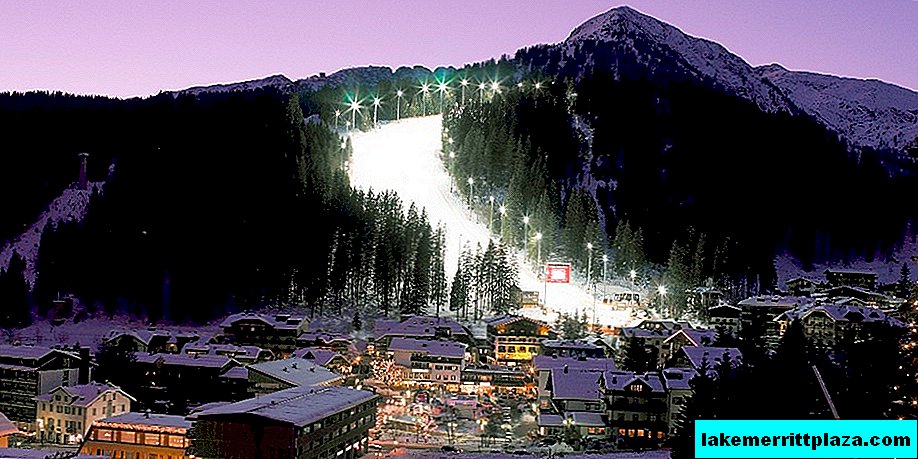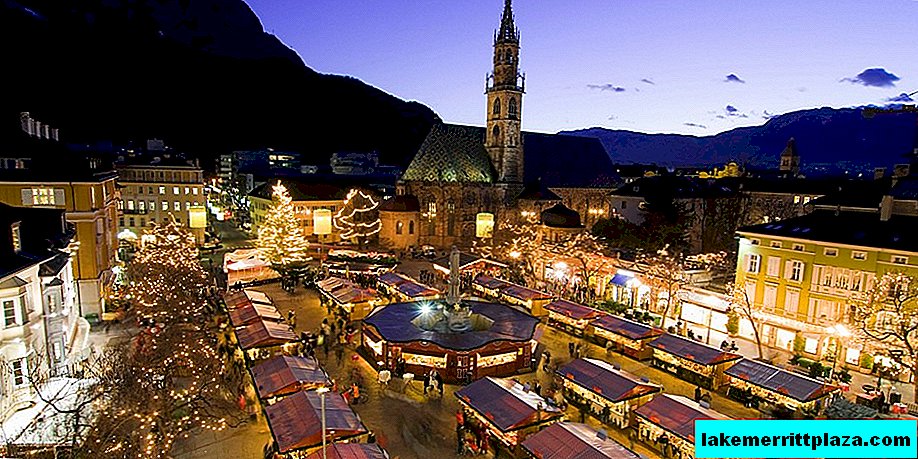Italy’s National Statistics Agency ISTAT said recent studies of the country's population have revealed very sad numbers: today, about two million (23.9 percent) of young people do not work or study.
These data apply to young people aged 15 to 29 years. Strange as it may seem, sociologists say that the indicator has improved significantly compared to the previous year, when it was 44.1 percent - 3.6 points more than the European average.
The statistics agency also mentioned in its report that in 2009, more than 58 percent of young people aged 18 to 34 lived under the same roof with their parents.

For comparison: in 1983 this indicator was 49 percent, and in 2000 - 60.2 percent. About 30 percent of modern men of 30-34 years old also prefer to share shelter with their moms and dads, and this is three times more than in 1983. It is noteworthy that this trend is most evident in the south of the country.
The behavior of schoolchildren also leaves much to be desired: sociological experts estimate that 7.7 percent of school students in 2008-2009 were left in their second year of school due to low academic performance.
Studying at universities with young people is also far from ideal: 12.2 percent of freshmen were not able to go to the second year, and 3.4 percent completely abandoned classes by the end of the year. The ISTAT report states that to date, young Italians do not give preference to exact sciences. According to sociologists and psychologists, this choice may be due to the country's difficult situation on the world stage after the crushing crisis.

A study by the national statistical agency also affected per capita GDP. It was estimated based on market prices, and in 2013 it amounted to 22.807 euros per year, which is 2.8 percent less than the previous data. Last year also saw a decrease in Italian labor productivity by 1.2 percent compared to 2012. Over the past ten years, exports have declined significantly (4 percent in 2003 and 20.7 percent in 2012). In 2011, more than half of the farms were at a loss without receiving the expected profit.
The most difficult is the Italian families of four people, every third cell of Italian society can not cope with unforeseen expenses, reports ISTAT.
The National Agency for Statistics published a report “We are Italy”: One Hundred Facts to Understand the Country We Live in ”(“ Noi Italia ”, 100 statistiche per capire il Paese in cui viviamo”).
The document provides various data that relate to various industries and spheres of life. So, in the report there are figures related to the current state of the economy, culture, technology and infrastructure. Fortunately, not everything is so pessimistic in a sunny country: for example, Italy's competitiveness has grown in recent years, which is a good sign.








